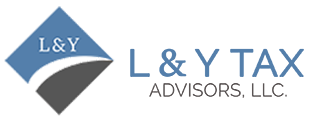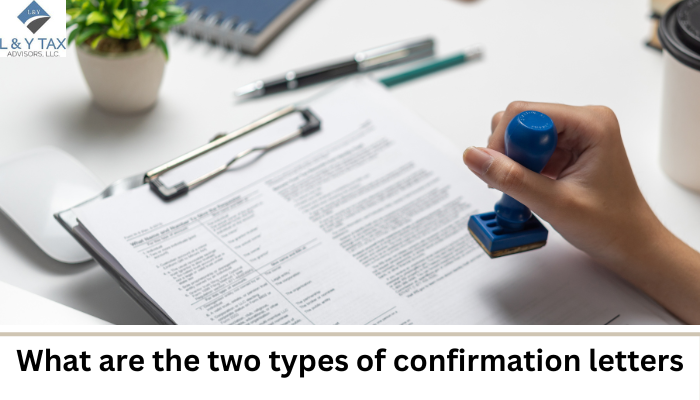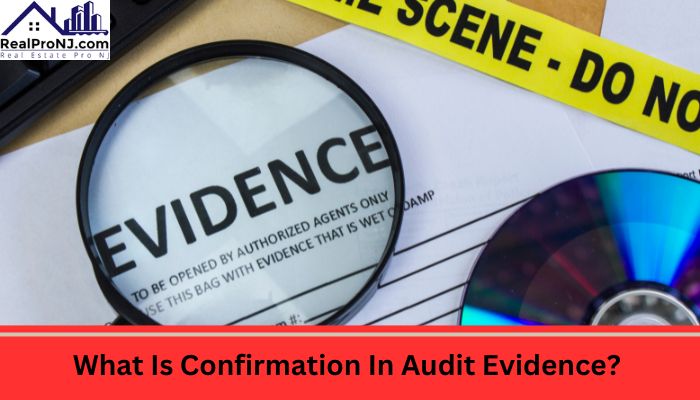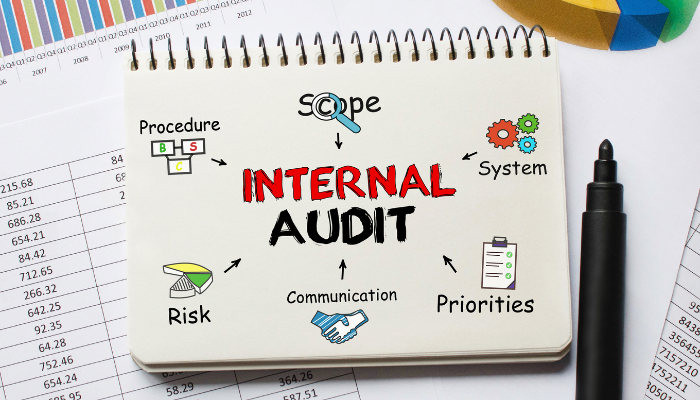
Internal Audit Standards
The fast-paced, ever-evolving world of business sustains professional transparency, accountability, and efficiency within organizations, and it is an indispensable asset to achieve professional goals consistently. Internal audit standards are crucial tools that provide a sturdy framework to assist the auditors while evaluating your company’s operations, risk management, and intrinsic controls.
Internal audit standards are instructions, principles, and best practices that internal auditors must follow to keep a hold of the company’s processes, controls, and risk management systems. The precise, ethical, and consistent conduct of audit across several sectors and industries ensure complete compliance with the internal and international standards on auditing.
Click here to learn what is an internal audit.
Standardized Internal Audit
A standardized internal audit conducts sessions in careful congruence with the following characteristics:
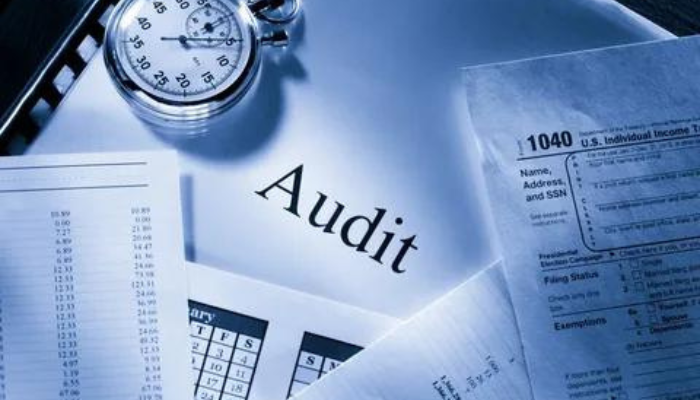
1. Transparency and Accountability
The standards of internal audit create a clear and concise framework for the successful conduction of the audit, which certifies that the auditors are working with objectivity, independence, and integrity. Doing so flourishes a sense of accountability and transparency in your organization because audits offer a justified evaluation of operations and controls.
2. Identification of Potential Risks
Internal auditors pinpoint potential weaknesses, vulnerabilities, and associated risks that may hinder the ongoing systematic operations and the company’s processes. Proactively addressing such threats and weaknesses reduces the likelihood of fraudulent cases, erroneous performances, and operational disruptions.
3. Reinforcing Intrinsic Controls
Internal controls preserve your company’s financial assets to certify accuracy in financial reporting. Internal audit standards assist organizations in creating and evaluating the effectiveness of these controls, which are a mechanism to protect the monetary conditions of your organization. Strengthening these controls minimizes the chances of financial mismanagement.
4. Facilitating Obligations
Many industries are subject to systematic internal audit standards and requirements, which provide a carefully planned approach to assess compliance and assist the companies in avoiding legitimate and regulatory perils.
5. Driving Consistent Betterments
Systematic evaluation of controls and processes and international auditing standards according to the continuous development cycle. Your company must recognize its operations based on audit findings and recommendations. Doing so leads to enhanced efficiency and fluency in the processes.
Types of Internal Audit Standards
Some of the prominent and widely recognized standards of internal audit are as follows:
1. Institute of Internal Auditors (IIA)
The Institute of Internal Auditors (IIA) standards are globally accepted and outline the fundamental objectives and regulations for a practical internal audit function.
2. International Standards for the Professional Practice of Internal Auditing (IPPF)
IIA has developed the International Standards for the Professional Practice of Internal Auditing, offering a detailed framework for internal auditors. Ensuring quality by conducting reliable internal audit functioning is the ultimate guide of the IPPF.
4. Generally Accepted Government Auditing Standards (GAGAS)
It is also recognized as the Yellow Book and applies the standards to work with government bodies. Certifying integrity, transparency, and unbiased operations is the main emphasis of GAGAS.
5. Committee of Sponsoring Organizations (COSO) Framework
The Committee of Sponsoring Organizations of the Treadway Commission (COSO) Framework provides instructions to design, implement and assess internal controls.
Standardized Components of the Internal Audit
Auditors are expected to follow and implement these critical components of the internal audit standards in their performances, which are described below:
1. Impartiality and Independence
Whether you’re running a small- or large-scale business, it is ethical to stay neutral and independent throughout the audit process. Set your target at maintaining objectivity and avoiding unnecessary disputes while assessing processes and controls.
2. Adroitness and Due Professional Care
Appropriate knowledge, skills, and competency comes with years of auditing experience. Therefore, auditors must train for professional care and certify a comprehensive auditing process.
3. Supervised Maneuvering
You can conduct a successful audit process with preplanned strategies and efficient planning. Outlining the complete process’s scope, objective, and methodology ensures proper surveillance and supervision throughout its execution.
4. Evidenced-based Approach
Gathering relevant information and analyzing it to conclude is necessary to support your findings at an organization. Substantial evidence is mandatory to keep your recommendations and outcomes.
5. Risk Assessment and Analysis
Internal audit standards pay close attention to the organization’s risk profile and the capability to tackle it professionally. Addressing particular concerns is vital so auditors can modify or tailor their audit procedures and assess potential risks. Avail your business with the most suitable tax consulting services.
6. Effective Communication
Effective communication is the most significant soft skill that can set the audit process straight. It is a key that conveys positive audit results and recommendations to stakeholders. Providing precise and understandable reports offers profound insights for improvement.
What are the 5 C’s of internal audit?
Internal audit is guided by the 5 Cs, which are key characteristics and principles that govern its conduct.
- Compliance is the act of ensuring an organization’s compliance with laws, regulations and policies. Internal auditors evaluate the degree to which an organization complies with legal and regulatory requirements as well as internal policies and industry standards.
- Internal audit standards, processes and methodologies must be uniform and reliable. To facilitate comparison and reliability, internal auditors apply the same criteria and approaches across audits.
- Competence is the combination of knowledge, skill, and expertise that internal auditors possess. This involves having an audit team that is well trained and capable of implementing procedures and providing management with valuable insight and recommendations.
- Confidentiality: The importance of confidentiality in safeguarding information obtained through the audit process is highlighted. To maintain audit findings integrity, to protect proprietary data and to respect privacy rights, internal auditors are required by law and regulation, as well as their own policies, procedures, and practices, all of which must be adhered.
- Communication: Effective communication involves effectively communicating audit findings, suggestions, and insights with relevant stakeholders. This includes management, board of directors, and key decision makers. To improve organization performance and facilitate informed decisions, internal auditors need to communicate their findings in a timely, clear, objective manner.
Internal audit functions that adhere to principles such as compliance, competency, confidentiality and communication can increase their value and credibility and contribute to governance processes, risk management and control.
International Standards on Auditing (ISA) are professional standards for the auditing of financial information. These standards are issued by the International Auditing and Assurance Standards Board (IAASB). According to Olung M (CAO – L), ISA guides the auditor to add value to the assignment hence building confidence of investors.
Final Wrap Up
Internal audit standards are a compass to navigate the operational intricacies of businesses with utmost efficiency and uprightness. Auditors ought to stick with the guidelines of internal audit services to demonstrate neutral behavior and consistently use their soft skills to identify areas that require management, improvement, and alleviation of potential risks.
